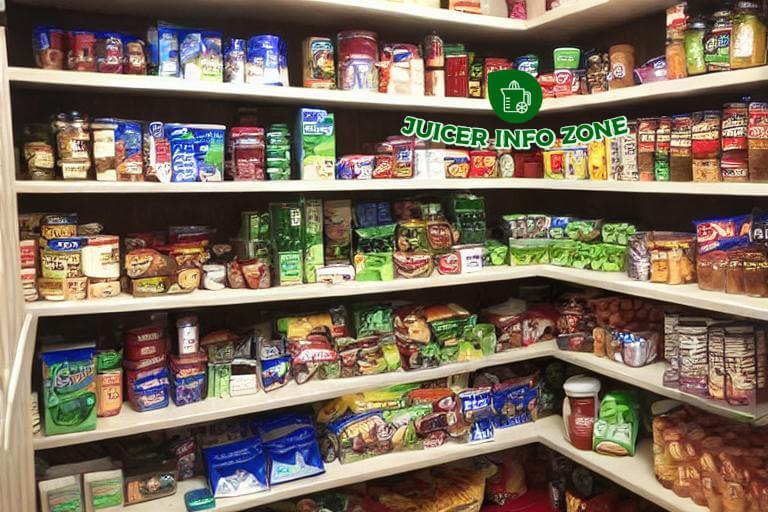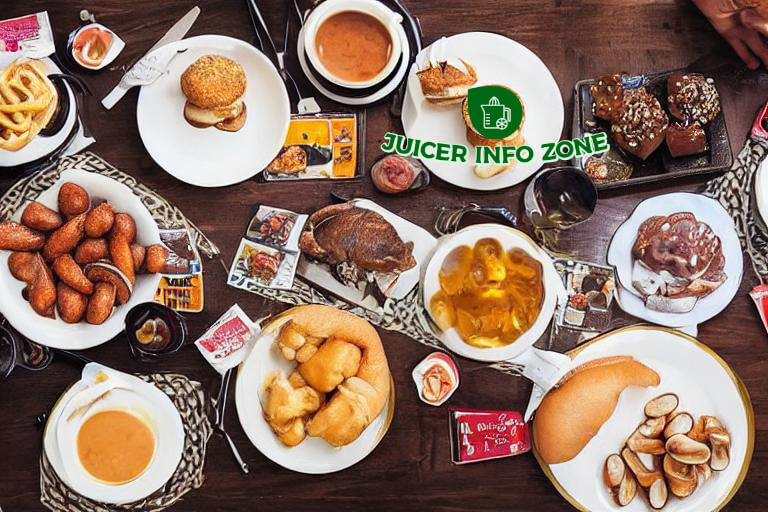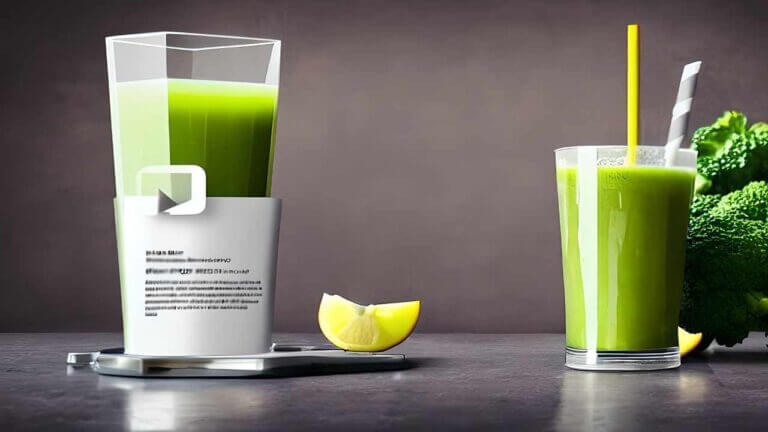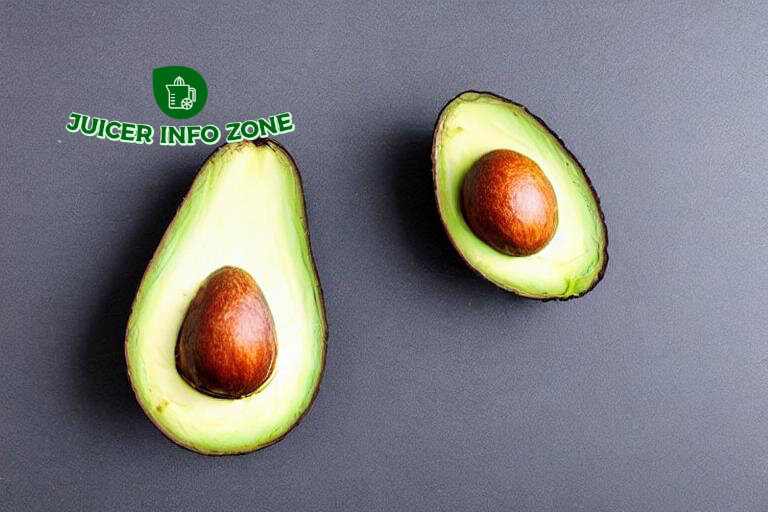Discover the Power of Kale: How to Easily Add This Superfood to Your Diet
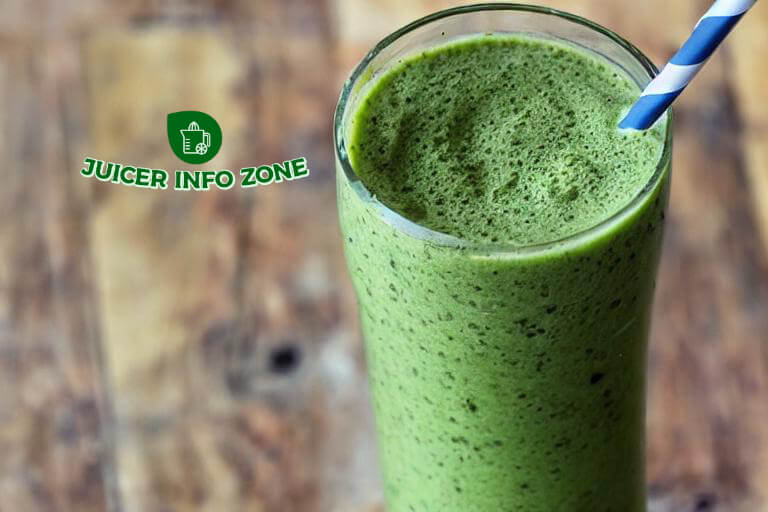
Kale has become one of the most popular superfoods in recent years. This leafy green is packed with vitamins, minerals, antioxidants and other beneficial plant compounds. Adding kale to your diet can provide some major health advantages.
In this comprehensive guide, you’ll learn all about the many benefits of kale and easy ways to incorporate it into your daily routine.
Key Takeaways
- Kale is loaded with vitamins A, C and K, as well as antioxidants like quercetin and kaempferol.
- It can help lower cholesterol, blood pressure and inflammation. Kale is associated with reduced risk of cancer and heart disease.
- Adding just 1-2 servings of kale per day can significantly boost your nutrient intake.
- Blend raw kale into smoothies or juice it for a quick nutrition boost. Massage the leaves to soften them.
- Sauté or bake kale chips as a tasty snack. Add chopped kale to soups, salads, scrambled eggs and more.
- Try creative combinations like kale pesto, kale hummus or kale guacamole. Freeze kale for longer storage.
- Kids are more likely to eat kale when paired with sweet fruits, toasted nuts and seeds, cheese, creamy dressings and dips.
Equipping yourself with simple tips and recipes can make it easy and enjoyable to reap the many rewards of kale. Keep reading to transform your health, one leafy green bite at a time.
Why Is Kale Considered a Superfood?
All greens are good for you, but kale stands out as one of the most nutrient-dense foods on the planet.

Here’s a quick look at what makes kale a top superfood:
- Extremely high in vitamins A, C and K – Just one cup of raw kale provides over 100% of the recommended daily amounts (RDA) for vitamins A and C, and over 1000% of the RDA for vitamin K.
- Loaded with antioxidants – Kale contains high levels of beneficial plant compounds like quercetin and kaempferol that have strong antioxidant and anti-inflammatory effects in the body.
- Excellent source of minerals – Kale provides high doses of minerals like potassium, calcium, magnesium, iron and phosphorus. These minerals are vital for bone health, blood pressure regulation, nerve signaling and energy production.
- Rich in fiber – The fiber content of kale aids digestion, gut health and heart health. Fiber also helps feed the good bacteria in your intestines.
- Contains omega-3 fatty acids – For a plant, kale has a decent amount of alpha-linoleic acid (ALA), an essential omega-3 fatty acid that fights inflammation.
- Low in calories – With only 33 calories per cup of raw kale, you can eat a lot of it without worrying about weight gain. Volume-wise it provides more nutrients than almost any other food.
The combination of vitamins, minerals, antioxidants, fiber, omega-3s and low calories is what makes kale worthy of superfood status. Let’s look closer at some of the top proven health benefits you can gain by adding this green machine to your plate.
5 Science-Backed Benefits of Eating Kale
Here are some of the ways kale can boost your health and protect against disease:
1. Lowers Cholesterol and Improves Heart Health
Multiple studies show that kale can help lower cholesterol and triglyceride levels, reducing your risk for heart disease. Steam-blanched kale binds bile acids and allows the liver to use cholesterol to produce more bile. This leads to lowered blood cholesterol levels.
The high fiber content of kale also contributes to cardiovascular health by supporting healthy cholesterol and blood pressure.
2. Contains Anti-Cancer Compounds
The glucosinolates found in kale have significant anti-cancer benefits. Studies associate higher kale intake with lower risk for various types of cancer including bladder, breast, colon, ovary and prostate cancers.
The antioxidants in kale such as quercetin, kaempferol and sulforaphane fight oxidative stress and chronic inflammation in the body, both of which are linked to cancer development.
3. Boosts Immunity and Fights Inflammation
With its stellar lineup of vitamins, minerals and antioxidants, it’s no surprise that kale provides a big immune system boost.
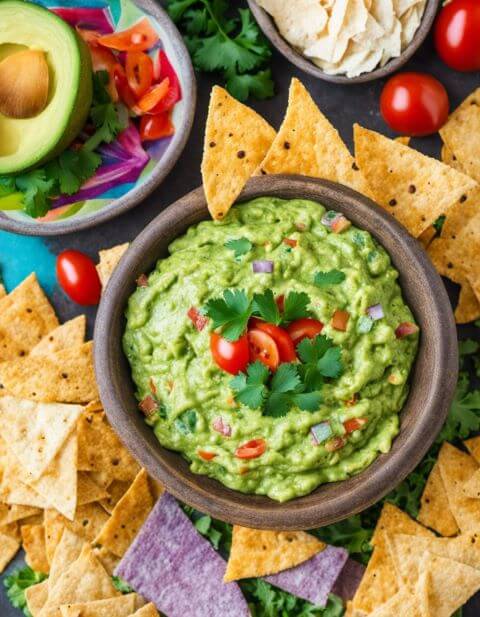
Vitamins A, C and E support immune cell function and help fight infection. Meanwhile, the anti-inflammatory effects of kale’s antioxidants keep inflammation in check. This protects against chronic inflammatory conditions like arthritis, heart disease and autoimmune disorders.
4. Supports Bone Health
Kale is an excellent source of vitamin K and calcium, both of which are important nutrients for maintaining strong, healthy bones.
One study found that vitamin K is associated with reduced risk for bone fractures. Kale’s calcium content also contributes to bone mineral density and slows the rate of bone loss with age.
5. Helps Detoxification
The antioxidants and fiber in kale bind to toxins and waste products in the digestive tract. This prevents them from being absorbed and helps shuttle them out of the body, making kale a great food for natural detoxification.
Studies also show that kale helps protect the liver and kidneys, your body’s natural detox organs. The beneficial effects on liver health are likely due to kale’s high antioxidant content.
As you can see, adding just 1-2 servings of kale per day can provide some major health advantages. But exactly how much kale should you aim to eat?
How Much Kale Should You Eat Per Day?
Many health organizations recommend eating at least 2-3 cups of vegetables per day, with an emphasis on nutrient-dense leafy greens. Most people fall short of this goal.
Aim to eat at least 1 cup of kale per day to significantly boost your nutrient intake. Two cups is even better to get higher doses of vitamins, minerals and antioxidants.
One cup of raw kale contains only about 33 calories, so you don’t need to worry about overdoing it. Focus on getting at least one serving into your daily routine.
Here are some easy ways to add 1-2 cups of kale to your diet:
- Add a handful of chopped raw kale to a green salad.
- Throw a cup of kale into a breakfast smoothie.
- Mix chopped kale into soups, stews or casseroles.
- Sauté kale lightly in olive oil with garlic and herbs.
- Make a batch of kale chips as a crispy snack.
- Blend kale with avocado, lemon and herbs to make guacamole.
- Add a cup of kale to a juice along with fruits and veggies.
With a little creativity, you can easily reach the daily kale goal and reap the health rewards. But what’s the best way to prepare kale to maximize nutrition?
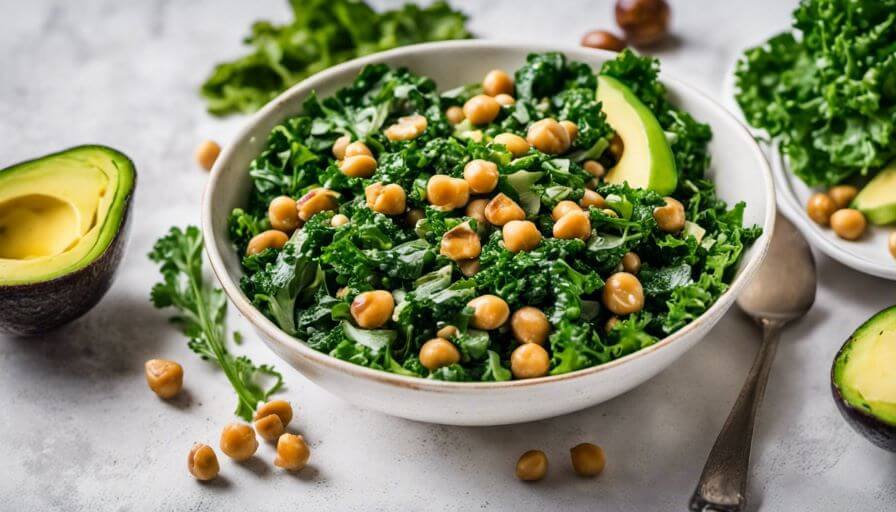
How to Prepare Kale
Raw or cooked – kale is nutritious either way. But certain preparation methods can boost nutrient absorption.
For Raw Kale
Massaging the leaves is a great trick to soften raw kale. The friction helps break down plant cell walls, making vitamins and minerals more bioavailable.
Add minced garlic, lemon juice and olive oil and massage for a few minutes. Let sit 5-10 minutes before using in salads or smoothies.
Lightly steaming kale is another good way to soften the leaves if eating raw.
For Cooked Kale
Lightly cooking kale helps release more antioxidants like quercetin and kaempferol.
Sauteeing, blanching or baking kale just until wilted retains the most nutrients. Avoid overcooking.
Add kale at the end when making soups or stews. This prevents overcooking from high heat or long simmering times.
Now that you know how to maximize the nutritional benefits, let’s look at some easy and delicious ways to enjoy kale.
10 Creative Ways to Eat More Kale
Here are 10 tips for getting more kale into your diet:
1. Kale Smoothie
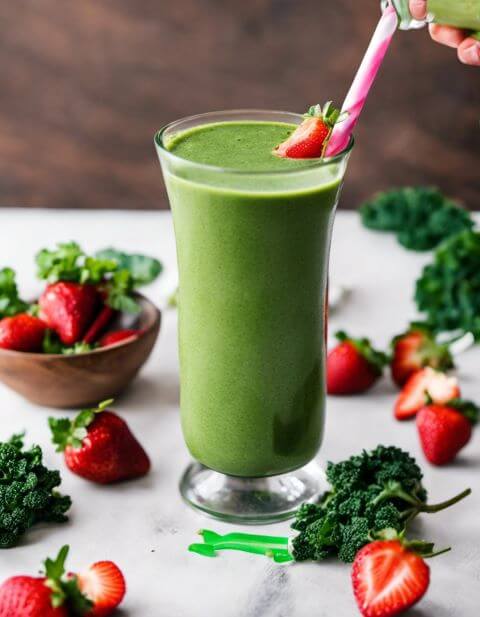
Add raw or steamed kale to your morning fruit smoothie. This is one of the easiest ways to increase your daily intake. The fruits mask the flavor.
2. Kale Salad
Toss chopped kale into your favorite salads. Massage with lemon juice and olive oil beforehand to soften it. Top with nutritious ingredients like avocado, beets, chickpeas and hemp seeds.
3. Kale Chips
Tear kale leaves into chip-sized pieces. Toss with olive oil and sea salt. Bake at 350°F for 12-15 minutes until crispy.
4. Sauteed Kale
Mince garlic and sauté in olive oil over medium heat until fragrant. Add chopped kale and stir frequently until just wilted, about 3-5 minutes. Season with salt, pepper, lemon juice or balsamic vinegar.
5. Kale Pesto
Blend raw kale with olive oil, garlic, Parmesan, pine nuts and basil. Toss with whole wheat pasta or use as a sandwich spread.
6. Kale Omelet or Frittata
Add chopped steamed kale to your morning scrambled eggs or egg-based dishes like frittata and quiche.
7. Kale & Hummus Wrap
Spread hummus on a whole grain tortilla. Top with crunchy vegetables like kale, carrots, cucumbers and bell peppers.
8. Creamy Kale Soup
Puree kale with onions, garlic and vegetable broth. Finish with a swirl of plain Greek yogurt. Garnish with pumpkin seeds.
9. Kale Guacamole
Mix chopped raw kale into fresh guacamole dip. The healthy fats help make the kale more palatable. Enjoy with veggie sticks.
10. Baked Kale Chips
Toss torn kale leaves with olive oil and sea salt. Bake at 350°F until crispy, 10-15 minutes. Enjoy as a snack anytime.
Take a look at your current diet and find 1-2 ways you can seamlessly work more kale into your daily meals and snacks. Variety is key to sticking with it long-term.
Making Kale Tasty for Kids
Kale has a naturally bitter taste that can be off-putting, especially for kids. Here are some tips to get children to enjoy kale:
- Combine chopped kale with sweeter veggies like carrots, peppers or zucchini.
- Add a creamy, cheesy sauce or dressing like ranch, caesar or a nut-based sauce. The fat helps counter bitterness.
- Toss raw kale into smoothies with sweet fruits like bananas, pineapple, mango or berries.
- Mix kale with scrambled eggs, rice, pasta or crustless quiche.
- Bake or dehydrate kale into crispy chips. Season with nutritional yeast and salt.
- Top salads with toasted nuts, seeds, dried fruit, croutons, avocado and shredded cheese.
- Saute kale with olive oil, garlic, onions and sea salt. Add diced bell peppers for sweetness.
- Make kale pesto with nuts, herbs and lemon. Toss with whole grain pasta.
Getting kids to eat more veggies can be challenging. Masking kale’s bitter notes with sweeter ingredients is key, along with experimenting until you find recipes they enjoy.
Tips for Storing Kale
Follow these simple storage tips to keep kale fresh and maximize shelf life:
- Rinse leaves and dry thoroughly before storing. Any moisture left on the leaves will cause them to spoil faster.
- Place dry kale leaves in an airtight container or plastic bag with a paper towel inside to absorb excess moisture.
- Store in the refrigerator crisper drawer, where the temperature is slightly warmer and more humid than the rest of the fridge.
- Properly stored, kale will keep for 5-7 days. Use discolored or wilted leaves right away in cooked dishes.
- For longer storage, blanch leaves for 1 minute then freeze for up to 6 months. Kale can be used from frozen in soups or smoothies.
Easy Kale Recipes to Boost Your Intake
Here are a couple easy kale recipe ideas to inspire you:
Rainbow Turkey & Kale Wrap
Ingredients:
- 6 oz deli turkey, sliced
- 2 cups chopped kale
- 1 avocado, sliced
- 1 carrot, shredded
- 1/4 cup hummus
- 2 whole wheat tortillas
Instructions:
Steam or sauté the kale until just wilted, about 3-5 minutes. Spread hummus on tortillas. Layer turkey, kale, avocado, carrots and any other desired veggies. Roll up and slice wraps in half. Makes 2 servings.
Creamy Kale & Chicken Casserole
Ingredients:
- 1 lb boneless, cooked chicken, chopped
- 10 oz chopped kale
- 1 chopped onion
- 3 cloves garlic, minced
- 1 (15oz) can diced tomatoes
- 1 (10oz) can condensed cream of chicken soup
- 1 cup Greek yogurt
- 1 cup shredded cheese
Instructions:
Preheat oven to 375°F. Lightly grease a casserole dish. Sauté onion and garlic until fragrant. Add tomatoes, chicken, kale and soup. Cook 5 minutes until kale is wilted. Transfer to casserole dish. Top with yogurt and cheese. Bake 30 minutes until hot and bubbly. Let cool 5 minutes before serving. Makes 6 servings.
Chocolate Kale Smoothie

Ingredients:
- 2 cups chopped kale
- 1 banana
- 1 cup milk of choice
- 2 Tbsp cocoa powder
- 1 Tbsp peanut butter
- 1 tsp vanilla extract
- 1 cup ice
Instructions:
Add all ingredients to a blender. Blend until smooth and creamy. Makes 2 servings.
Kale FAQs
Here are answers to some common kale-related questions:
Conclusion
As you can see, finding ways to enjoy kale on a regular basis offers tremendous benefits for your health. From lowering cholesterol and inflammation to protecting against chronic disease, kale delivers a big nutritional punch.
Start by adding a serving or two each day to salads, smoothies, soups, snacks and main meals. Mask the bitterness for kids by pairing with sweeter ingredients and sauces.
With a little creativity in the kitchen, kale can transform from trendy superfood to dietary staple. Empower yourself to harness the many perks by making this powerhouse green a permanent part of your plate!


